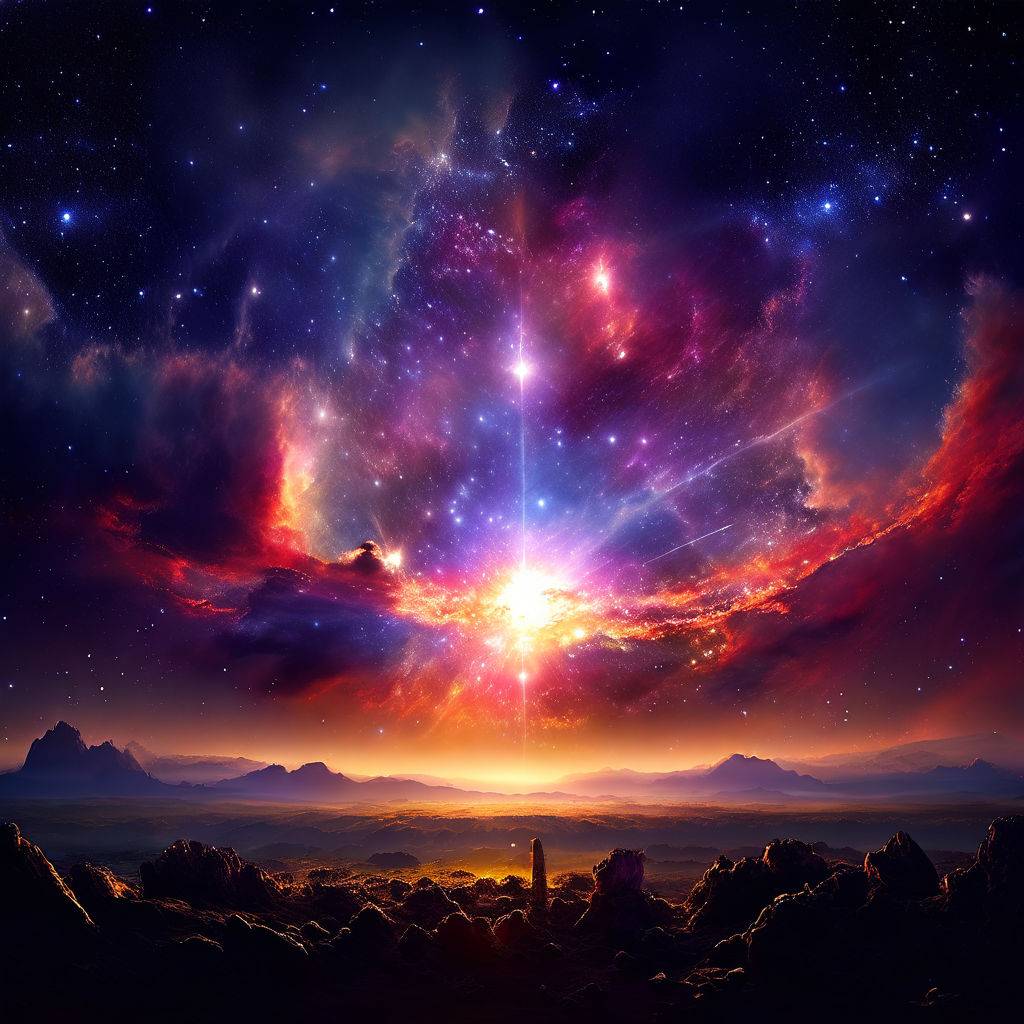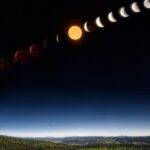GREENBELT, Md. – As enthusiasts of celestial phenomena recover from the spectacle of the recent total solar eclipse, they now eagerly anticipate another extraordinary event in the cosmos. Astronomers have announced that the stars of T Coronae Borealis (T CrB), a binary system situated approximately 3,000 light years away, will be visible during an exceptionally rare cosmic event later in 2024.
Nova Explosion: A Once-in-a-Lifetime Spectacle
NASA reports that a rare nova explosion is anticipated to occur, with astronomers estimating its visibility for an entire week. The event, forecasted to take place anytime between now and September, promises a breathtaking display for observers worldwide. Nova explosions like the impending one linked to T CrB are deemed to occur roughly once a century, rendering this occurrence a once-in-a-lifetime event for many.
The Stellar Dance: Understanding Nova Explosions
Scientists explain that nova explosions arise when a collapsed white dwarf star and a red giant star draw too close to each other. This proximity causes a dramatic rise in the temperature of the red giant’s surface. Typically ranging between 4,000 to 5,800 degrees Fahrenheit, temperatures during such events surge to an astonishing 360,000 degrees Fahrenheit. This surge prompts the red giant to shed its outer layers onto the white dwarf, culminating in a colossal explosion comparable to a nuclear detonation. The resultant burst of energy surpasses the annual output of our Sun by a staggering 100,000 times.
Cycle of Renewal: A Unique Phenomenon
Following the explosion, the star enters a cooling phase, eventually returning to its pre-explosion temperature. Remarkably, unlike a supernova, this event does not annihilate the star but rather rejuvenates it. T CrB and its binary stars have experienced numerous eruptions throughout history, with notable occurrences documented in 1946 and 1866, and accounts suggesting visibility during its nova phase for centuries.
Illuminating the Skies: Visibility and Timing
One distinctive aspect of this event is its complete cycle within a week. The peak brightness will render it visible to the naked eye for several days, extending to over a week with binoculars or a telescope. Given the last recorded explosion in 1946, astronomers speculate a recurrence approximately every 79 years, setting the stage for the next event in 2103. To optimize viewing, enthusiasts are advised to focus their gaze within the Corona Borealis constellation, commonly known as the Northern Crown, situated near Bootes and Hercules.
Embrace the Cosmic Spectacle
As anticipation builds for this extraordinary celestial event, enthusiasts worldwide eagerly await the opportunity to witness the majestic display of the T Coronae Borealis nova explosion. Mark your calendars and prepare to marvel at the wonders of the cosmos.
For the latest updates and alerts on this event and other celestial phenomena, download The Local News App to your mobile device and stay connected to the universe’s captivating wonders.







Leave a Reply